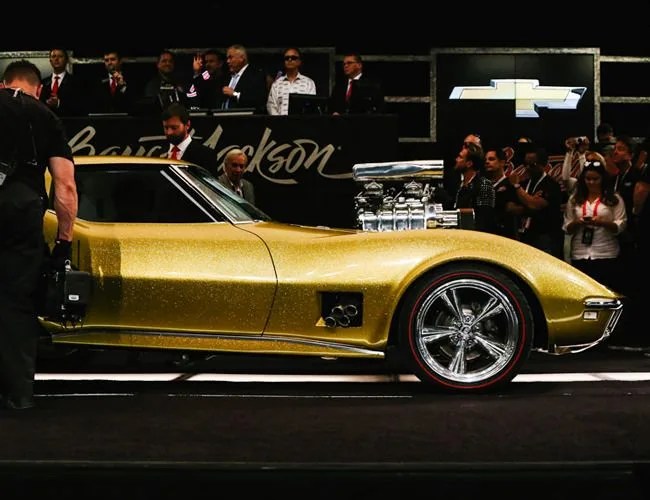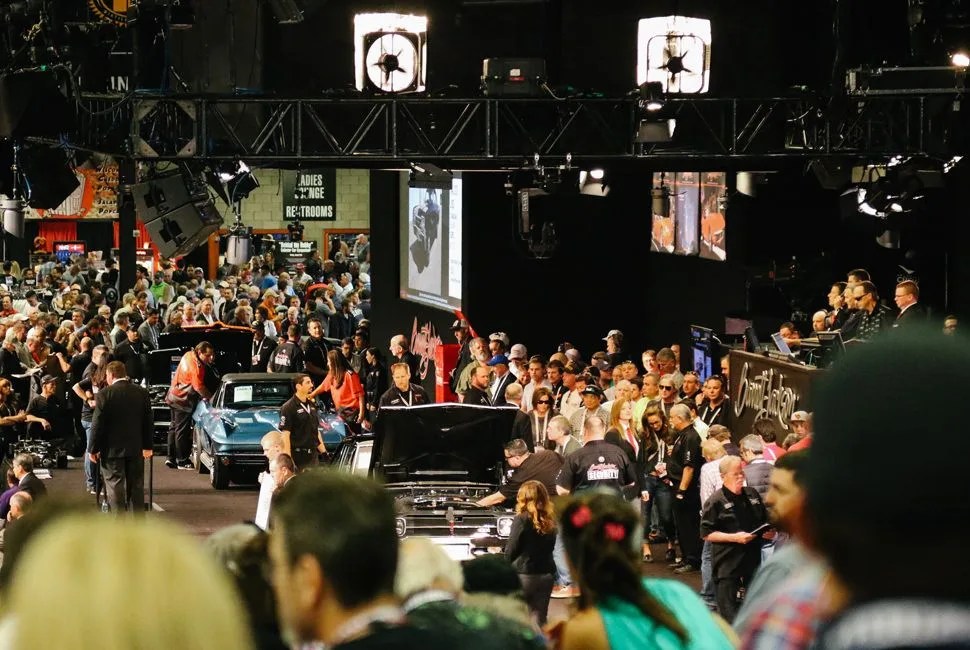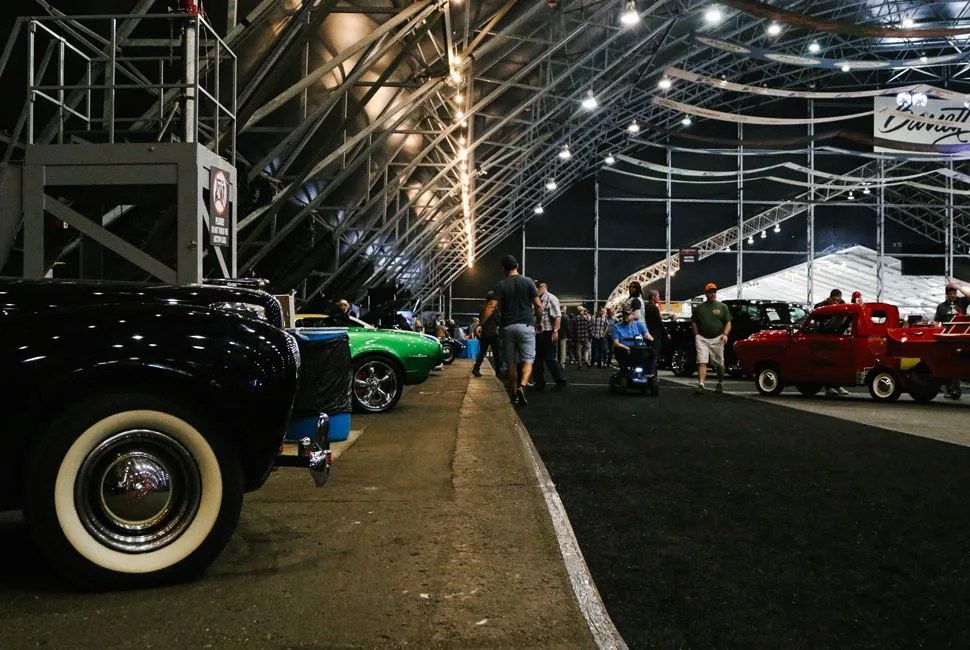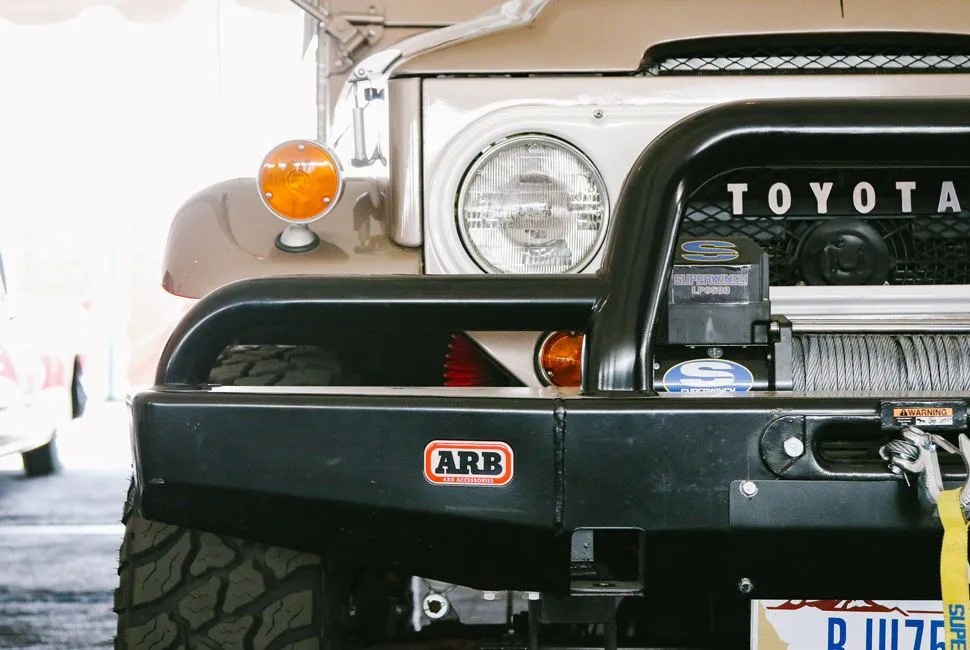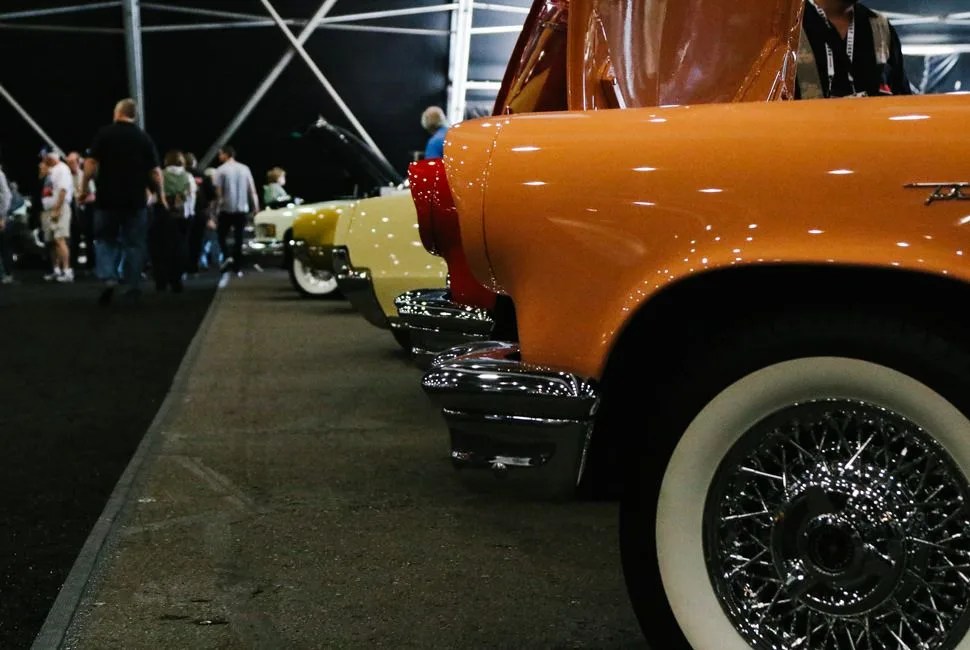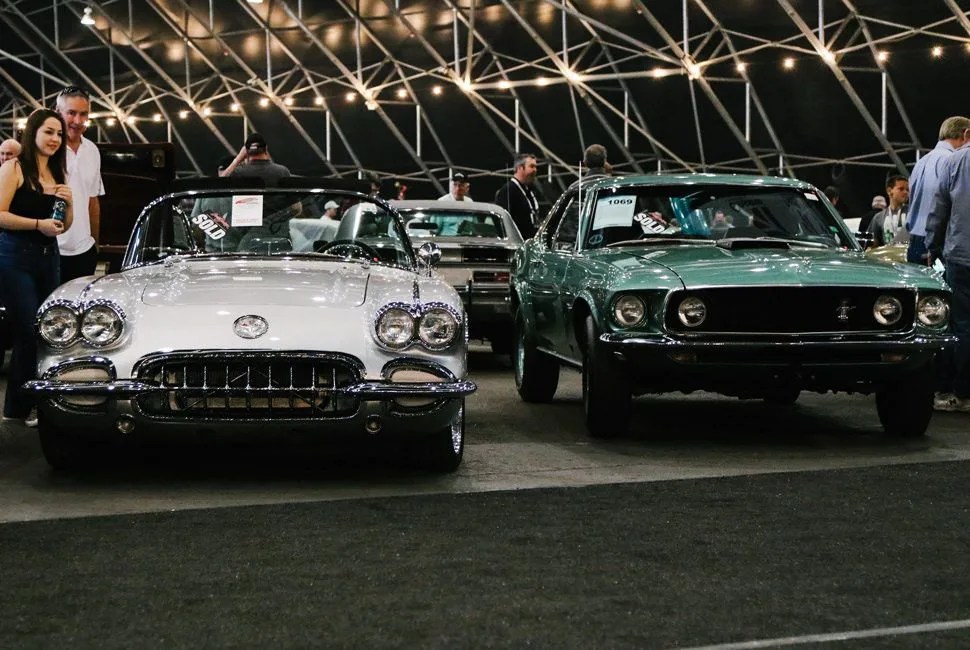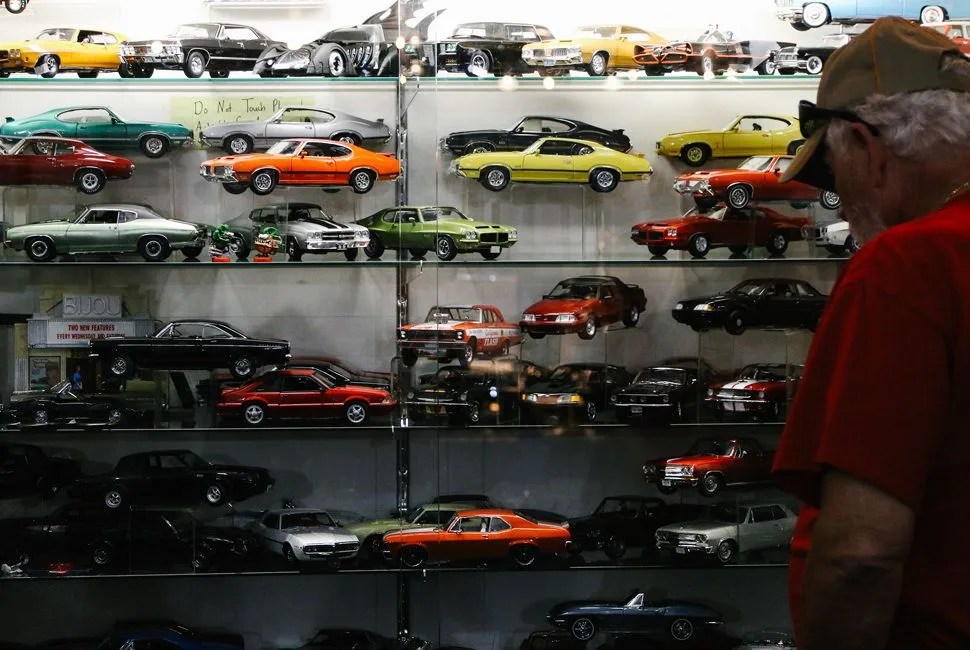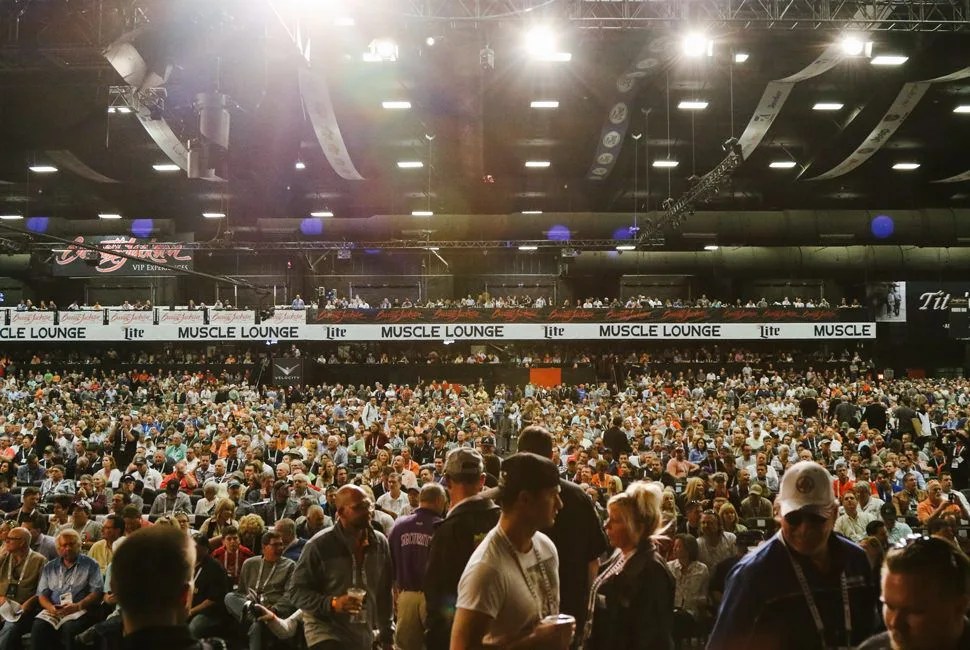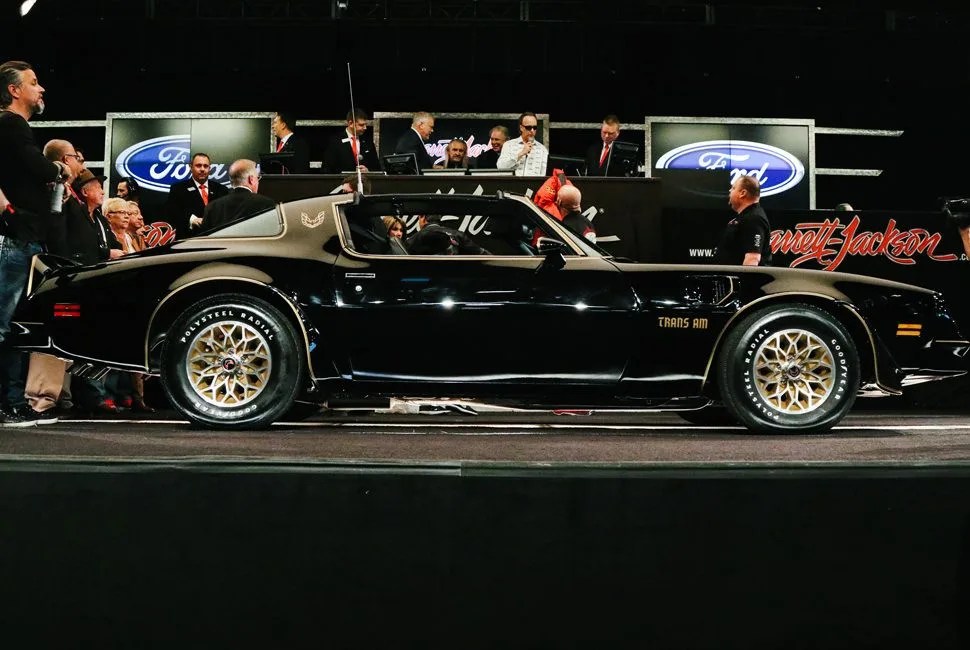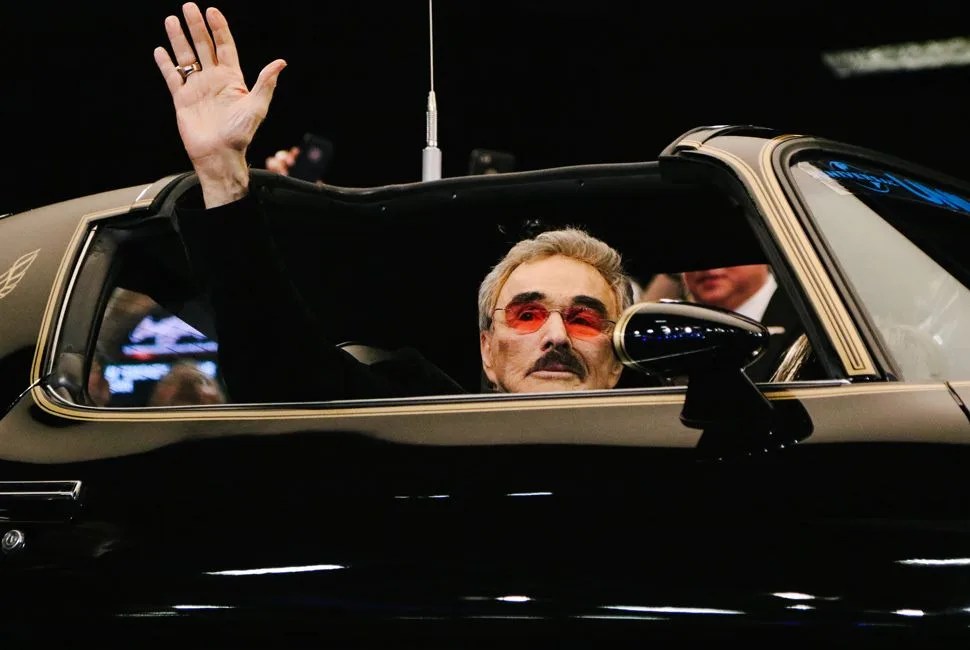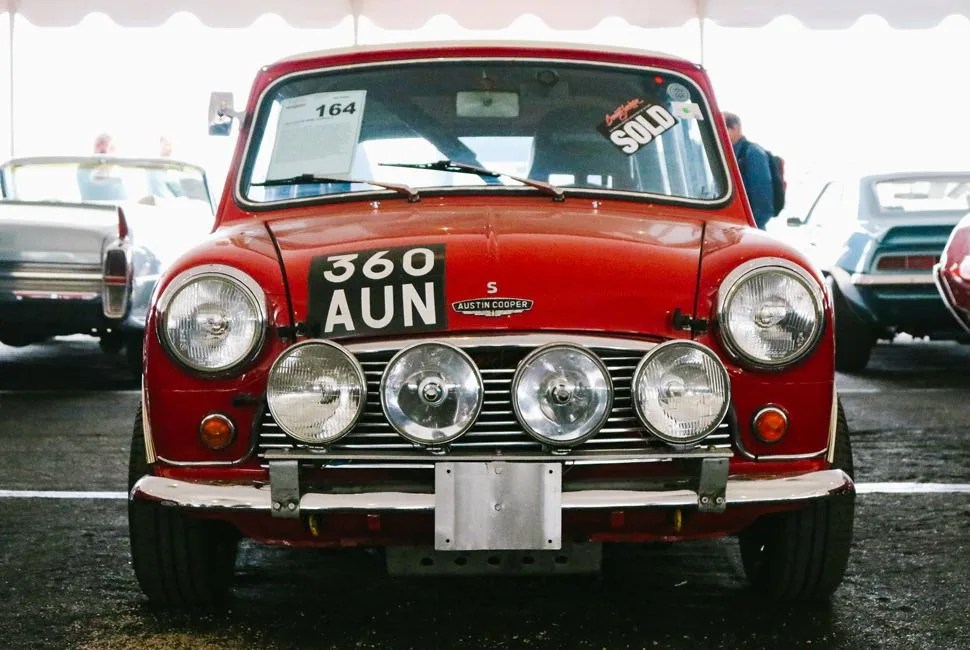11 photos
Living in New York City is hell if you love cars. Sure, there are institutions like Classic Car Club Manhattan, the New York International Auto Show or… well, that’s about it. It’s expensive and a pain in the ass to own and park a car here and even if you did you’ll be going well out of your way and paying tolls just to get some quality behind-the-wheel time. If you want to own a classic car here it’s even tougher: you’ll want to park that baby indoors (unless you don’t care what happens to it or are just okay with losing a lot of sleep worrying about it). In short, if you’re a car person in New York be prepared to pay a price. Unfortunately for me it’s one I simply cannot afford.
Being an enthusiast in general has been even harder lately because, in light of recent scandals and technological innovations — the future is autonomous, the EPA wants to ban race cars, the Land Rover Defender is no more, and so on — we gearheads seem to live under the (perhaps overblown) fear that there will soon be a day when cars are not just going to become obsolete but illegal. And while everyone else has prepared themselves for the #disruptors to disrupt, for Uber to continue to leave its mark on commuting culture, for Elon Musk’s Hyperloop to whisk us away and for public transportation to (hopefully) someday become more reliable, I, like most enthusiasts I know, try to cling on to what I love even in the face of progress.
But as pessimistic as I may get about the future of car culture, my mind has been at ease ever since I left the confines of New York City to visit Barrett-Jackson’s Scottsdale, Arizona auction. There are plenty of automotive auctions: RM Sotheby’s, Gooding & Company, Bonhams among others. They all offer beautiful, rare and historic cars but to me they fail to truly capture the essence of automotive fandom. Elite seven and eight-figure cars are all well and good — they haunt our dreams and they represent some of the finest work in automotive history — but their exclusivity and high-class status don’t represent the entirety of the hobby. Barrett-Jackson, on the other hand, is an entirely different experience.
Barrett-Jackson is certainly every bit as prestigious as any other auction. The headline “Salon Collection” is a compendium of pre-war, mid-century and modern cars that sell for hundreds of thousands, even millions of dollars, and go across the auction block at night on Saturday, the auction’s penultimate day. But it’s just a fraction of what Barrett-Jackson has on offer. All told, the entire auction is comprised of about 1,500 cars, 74 acres of event space, 350,000 visitors, hundreds of pieces of automotive memorabilia, food stands, vendors and attractions that come together for an entire week.
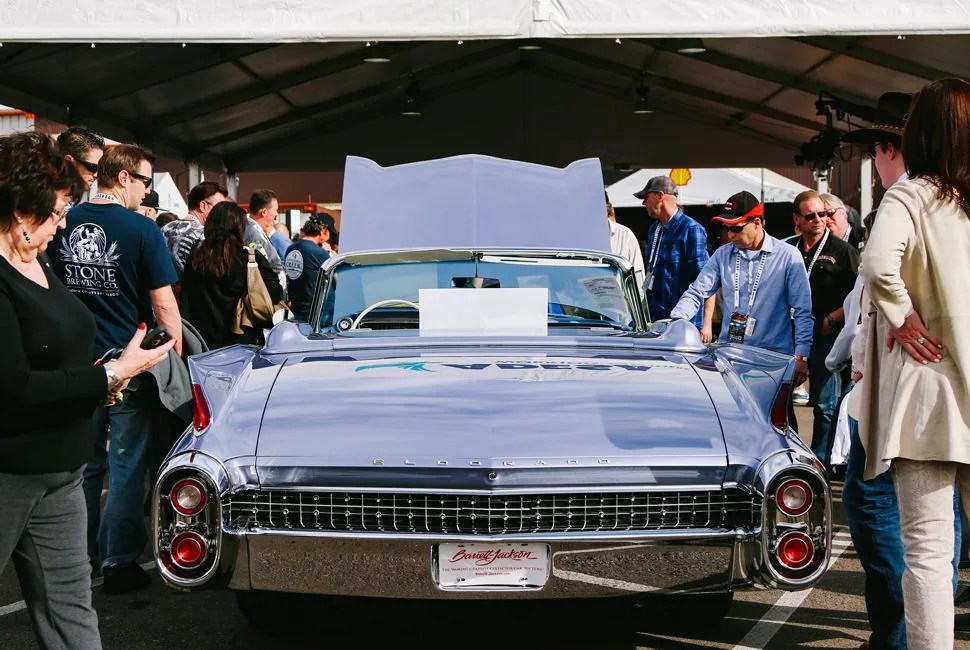
Barrett-Jackson thus eschews the navy-blazer-and-straw-hat image of other high-profile automotive concours and auction events for something resembling a county fair. Outside the main auction hall and display area for the high-dollar cars, attendees eat at BBQ and deep-fried food joints, and peruse the wares of vendors selling everything from knife sets and hot tubs to neon signs and diecast car models. Visitors can sign up to ride shotgun with a professional driver in a Challenger Hellcat, attend symposiums on collecting cars or even watch professional bull riding.
